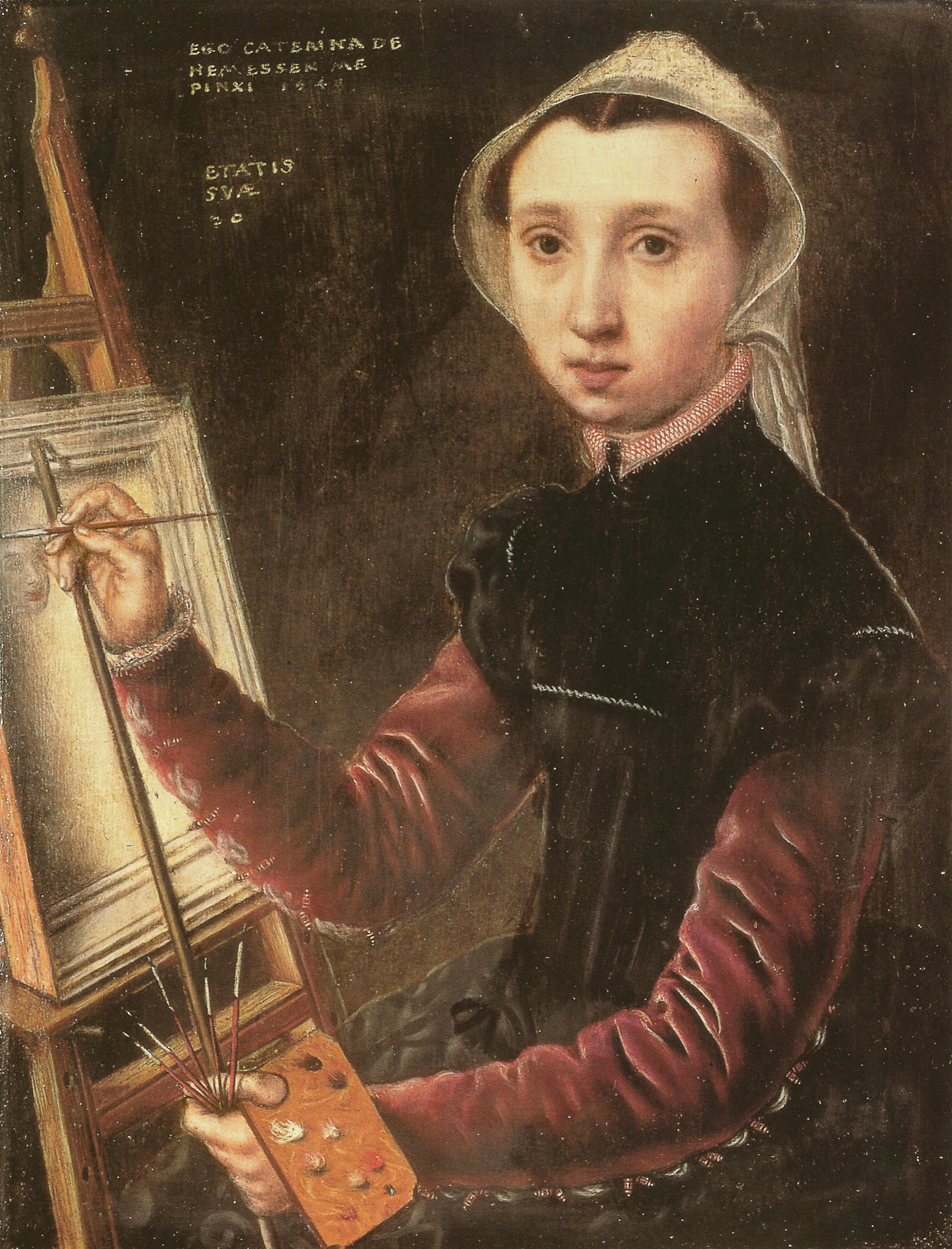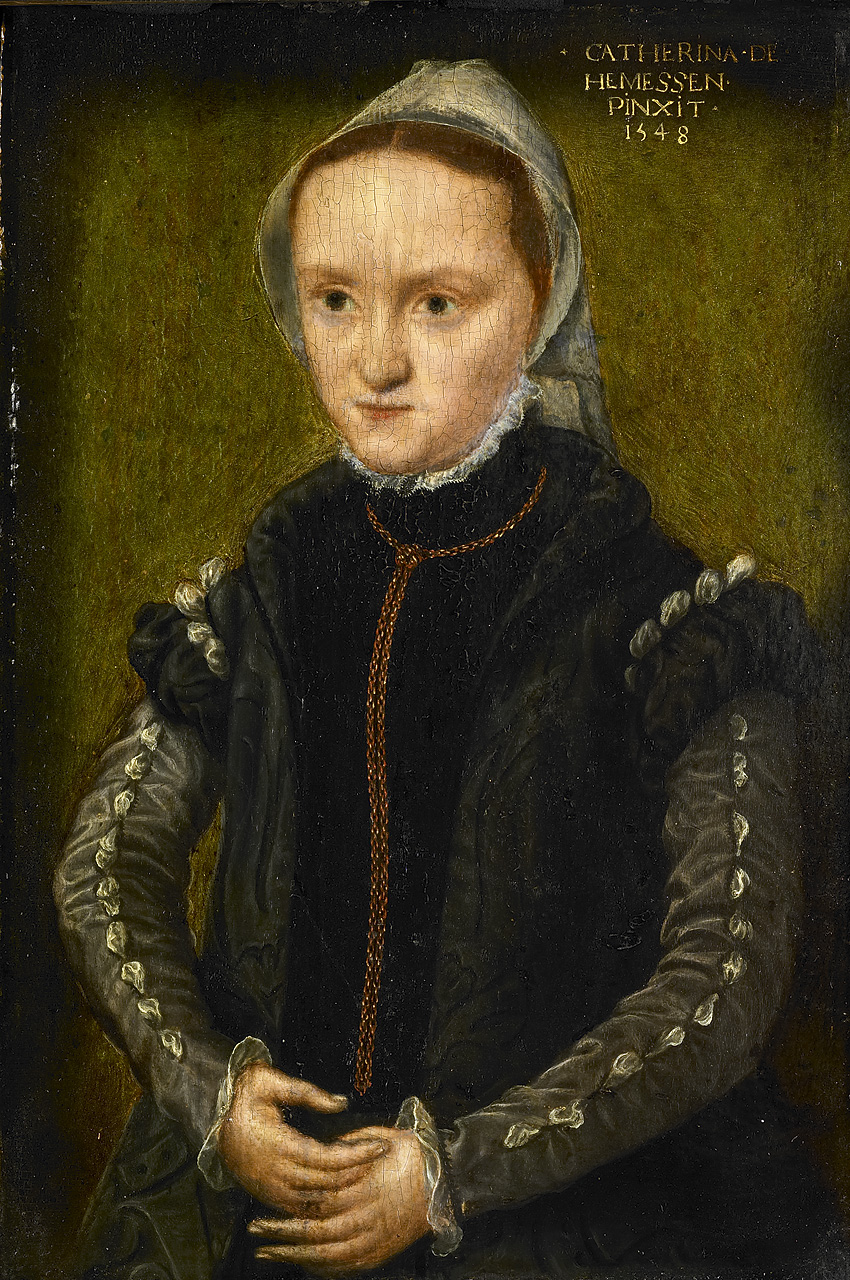









Born in 1856. Died in 1940. Belgian. That’s all I know. But I lived in Belgian for several years and I was exposed to a lot of home talent.






I lived in Flanders for several years. (The Flemish part of Belgium) They love paintings. And their painters. And they love to talk. And drink. And talk some more. And they are very expressive people. Nothing is ordinary. When I see so many of their great paintings I see this conversation. This endless investigation and communication about the ways of the world. About beauty. About romance and adventure. They are in some way, northern Italians.




Recent Comments